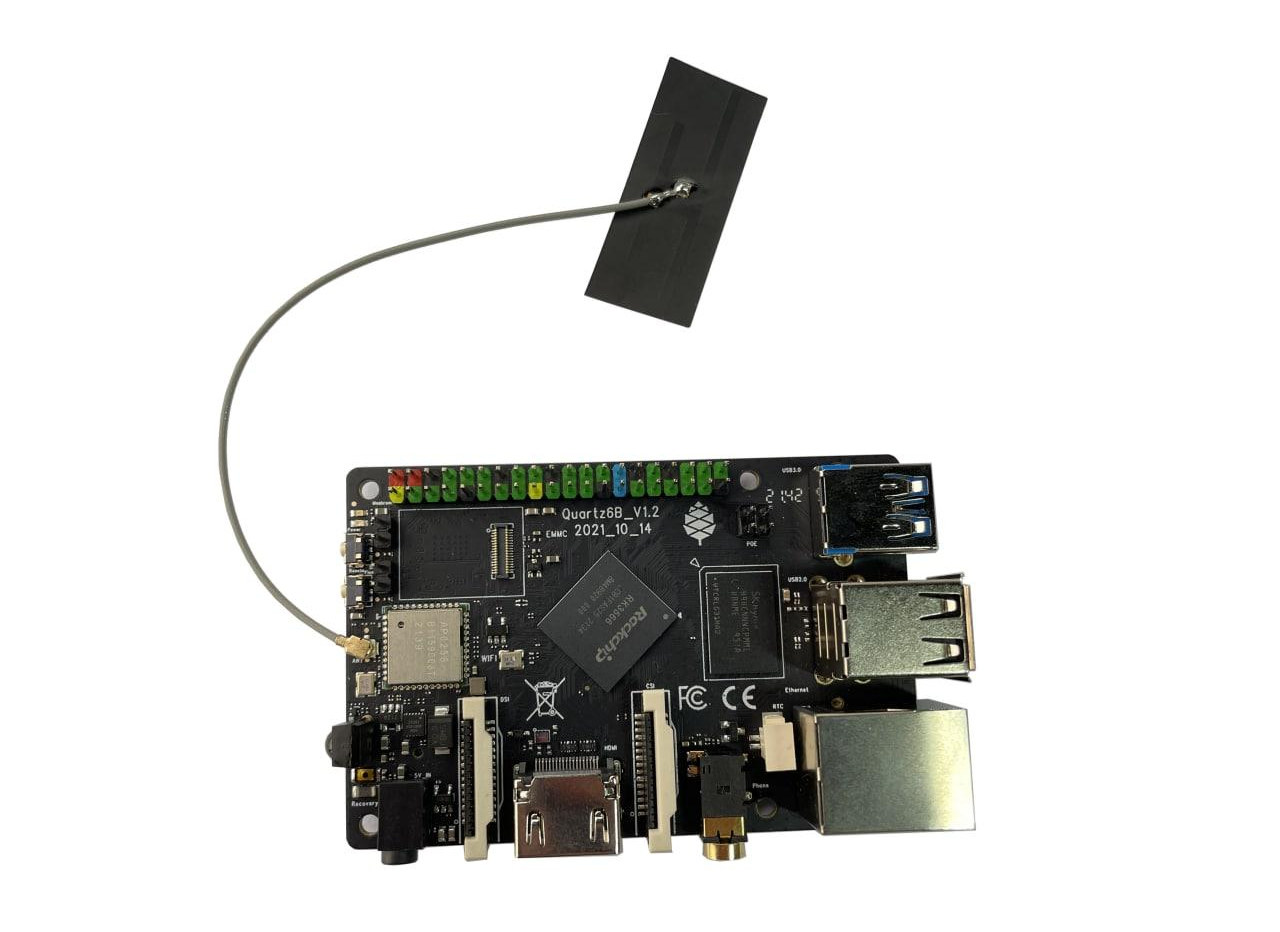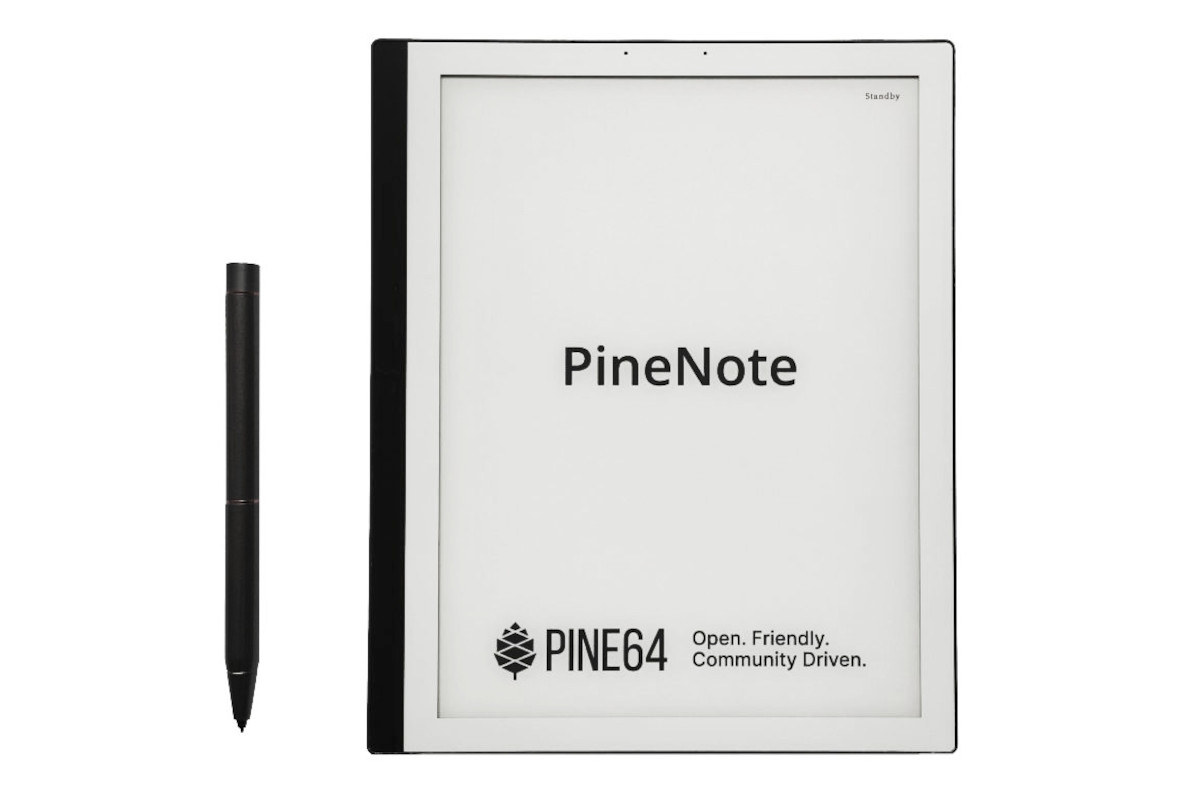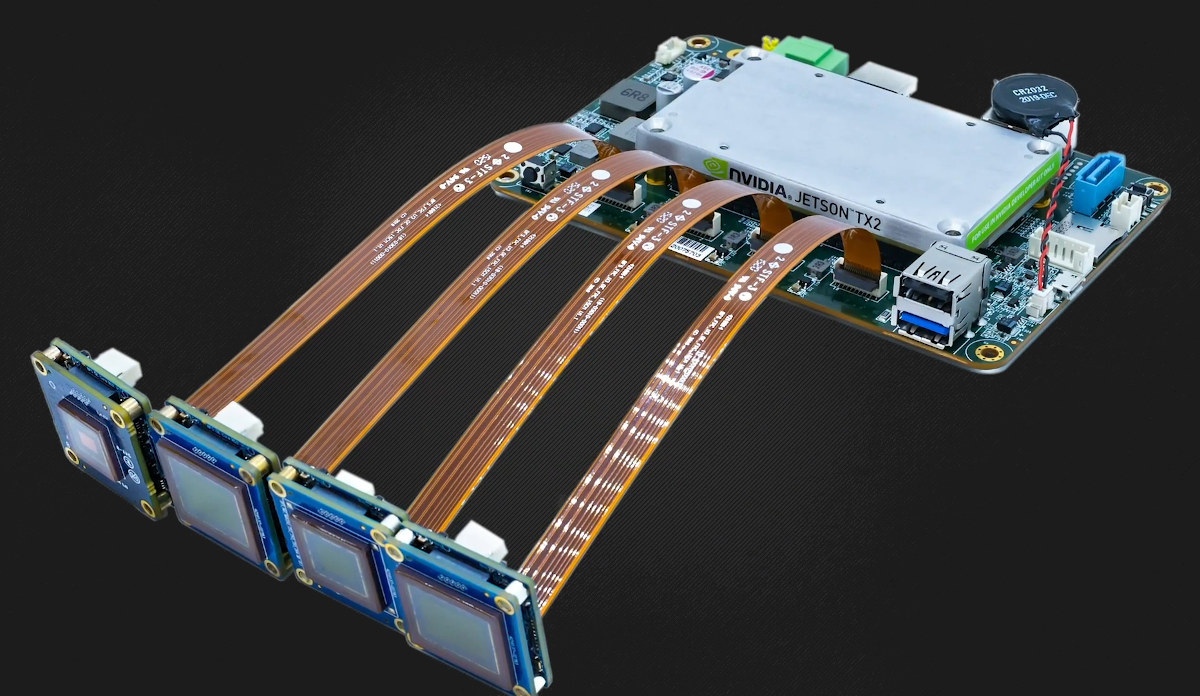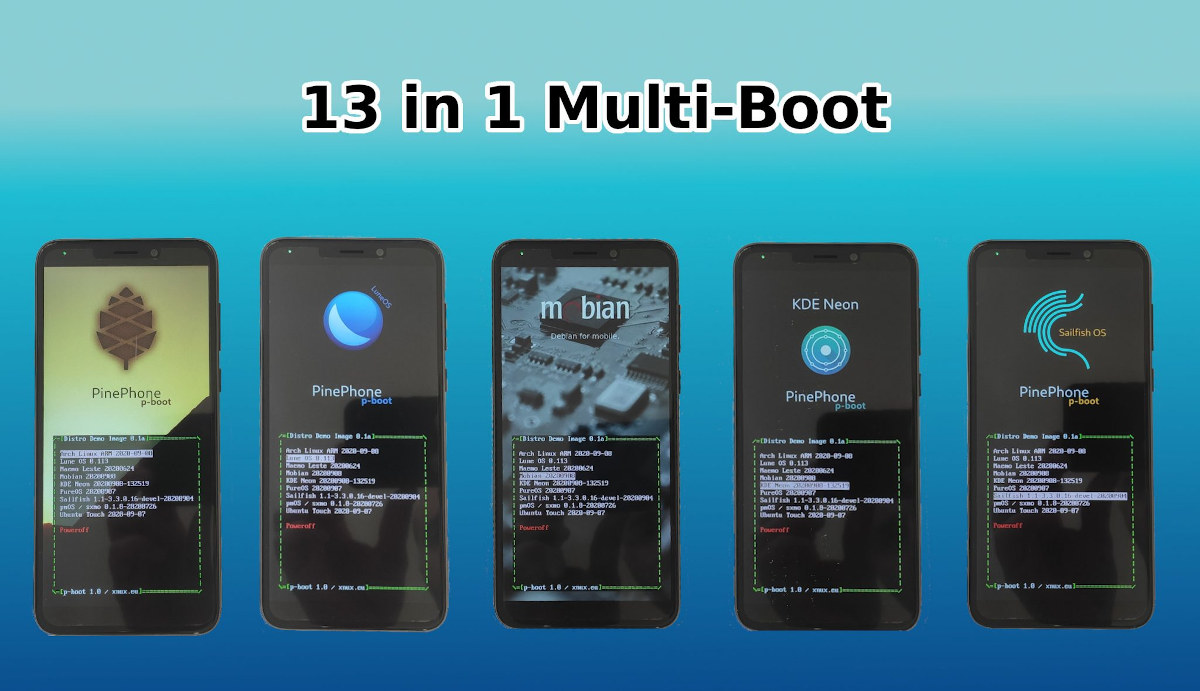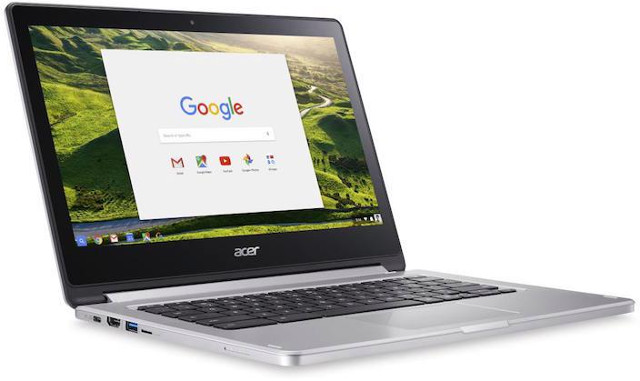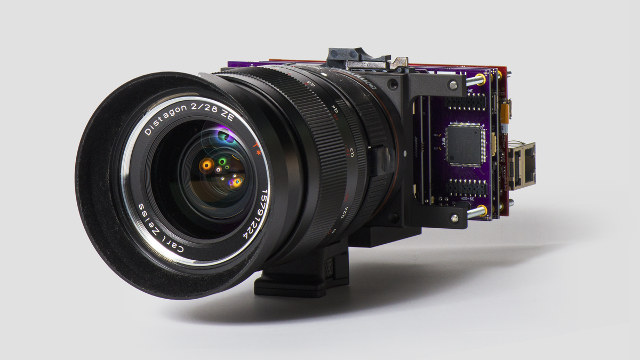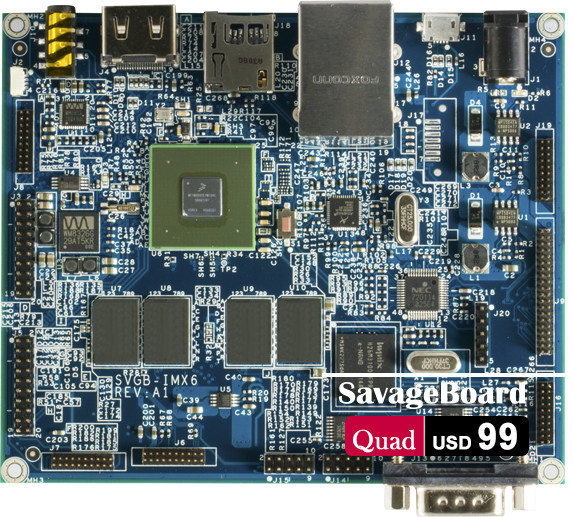While it may be hard to buy a Raspberry Pi these days, there are various alternatives with the Raspberry Pi 3/4 form factor, including Pine64’s Quartz64 Model B SBC powered by a Rockchip RK3566 processor that has just launched for $59.99 with 4GB RAM. The Quartz64 Model B is a smaller version of the Quartz64 Model A launched earlier this year, that comes with HDMI 2.0a and MIPI DSI display interfaces, a MIPI CSI camera interface, Gigabit Ethernet, WiFi 5 and Bluetooth 5.0, as well as several USB 2.0/3.0 ports, and of course, a 40-pin Raspberry Pi compatible GPIO header. Quartz64 Model B specifications: SoC – Rockchip RK3566 quad-core Cortex-A55 processor up to 1.8 GHz with Arm Mali-G52 GPU supporting OpenGL ES 1.1/2.0/3.2, OpenCL 2.0, Vulkan 1.1, 0.8 TOPS NPU for AI acceleration System Memory – 4GB LPDDR4 Storage 128 Mbit SPI Flash optional eMMC module from 16GB up to […]
Android 13 virtualization lets Pixel 6 run Windows 11, Linux distributions
The first Android 13 developer preview may have felt a bit underwhelming, but there’s a hidden gem with full virtualization possible on hardware such as the Google Pixel 6 smartphone. What that means is that it is now possible to run virtually any operating system including Windows 11, Linux distributions such as Ubuntu or Arch Linux Arm on the Google Tensor-powered phone, and do so at near-native speed. Android & web developer “kdrag0n” tested several Linux distributions compiled for Aarch64 on the Pixel 6 with Ubuntu 21.10, Arch Linux Arm, Void Linux, and Alpine Linux using “the KVM hypervisor on Pixel 6 + Android 13 DP1”. He/she further explains: As far as I can tell, we can pretty much get full EL2 on production devices now. Protected KVM is optional and can be enabled on a per-VM basis, but for non-protected VMs, it looks like full KVM functionality is available. […]
PineNote Developer Edition mainline Linux e-Reader is now available for $399
Pine64 community has been on a tear in 2022, with the launch of the PineNote Developer Edition Linux e-reader following the availability of the PinePhone keyboard case and PinePhone Pro Explorer Edition Linux smartphone in the last 2-3 weeks. So far a limited number of PineNote prototypes had been sent to developers, but it’s now possible to order the PineNote Developer Edition for $399 directly on the Pine64 store. As its name implies, the e-Reader is not ready for end-users, but recent progress with mainline Linux makes it suitable for developers and enthusiasts who want to play around with the device knowing much more work is needed to make it a usable device. The specifications remain the same as in the initial PineNote announcement: SoC – Rockchip RK3566 quad-core A55 processor @ 1.8 GHz with Arm Mali-G52 EE GPU, 0.8 TOPS NPU (AI accelerator) System Memory – 4GB of LPDDR4 […]
Teledyne FLIR Quartet Jetson TX2 carrier board supports up to four USB 3.0 cameras
There are already plenty of NVIDIA Jetson-based camera solutions from carrier boards to IP67 rugged cameras, but Teledyne FLIR has decided to launch its own with the Quartet carrier board for the Jetson TX2 module. The Quarter board is not designed to work with the thermal cameras the company is known for, but instead FLIR Blackfly S USB3 cameras designed for machine vision. Besides four TF38 USB 3.0 connectors, the carrier board also offers a SATA storage interface, HDMI video output, and extra USB Type-A ports for other peripherals. Teledyne FLIR Quartet (P/N ACC-01-6003) specifications: Supported SoMs – NVIDIA Jetson TX2, Jetson TX2i module Storage – SATA III connector, MicroSD card slot Video Output – 1x HDMI Type-A port up to 4Kp60 Camera Inputs – 4x USB 3.0 TF38 ports Other USB ports – 1x USB 3.0 Type-A port, 1x USB 2.0 Type-A port, 1x micro USB OTG port Misc […]
Pinephone Multiboot Image Boots 13 Different Linux Distributions
You’ve certainly heard about dual-boot systems with Windows and Linux, and possibly about triple-boot systems with an extra OS like Chromium OS or Android, but pine64’s forum user Megous has gone much further with a multiboot image for Pinephone able to boot 13 different Linux distributions! You’d think the image would occupy a lot of space on the device, but since all 13 distributions share the same Linux 5.9 kernel, all 13 operating systems fit on the internal eMMC flash or a MicroSD card with 8GB or greater capacity. The image is based on the p-boot bootloader allowing you to select the distribution of your choice and supports all PinePhones from the Braveheart Edition to the most recent revisions with 3GB RAM and 32GB storage. So what Linux distributions are supported by the multiboot image exactly? Here’s the list: Arch Linux Arm 2020-09-08 Lune OS 0.113 Maemo Leste 20200906 Mobian […]
Imagination Releases PowerVR CLDNN Neural Network SDK and Image for Acer Chromebook R13
Last month, Imagination Technology released their PowerVR CLDNN SDK, an AI-oriented API that leverages OpenCL support in PowerVR GX6250 GPU in order to create network layers for constructing and running a neural network on PowerVR hardware. Eventually the SDK will support PowerVR Series2NX Neural Network Accelerator, but while waiting for the hardware, the company has provided a firmware that runs only on Mediatek MT8173 based Acer Chromebook R13. The SDK includes a demo taking a live camera feed to identify the object(s) the camera is pointing at, using known network models such as AlexNet, GoogLeNet, VGG-16, or SqueezeNet. All models are Caffe models trained against the ImageNet dataset, a benchmark function is included within the demo. Beside simply playing with the demos, you’ll be able to study the source code to check out various helper functions such as file loading, dynamic library initialisation and OpenCL context management, and read documentation such as the PowerVR CLDNN reference […]
Apertus AXIOM Beta Open Source Professional Digital Cinema is Built around MicroZed Board
Apertus AXIOM Beta is a professional digital cinema camera built around FOSS (Free and Open Source Software) and open hardware licenses. The project started around year 2011 with AXIOM Alpha camera, and AXIOM Beta is the latest iteration powered by MicroZed development board based on Xilinx Zynq 7020 ARM + FPGA SoC, and running Arch Linux ARM. AXIOM Beta developer kit (planned) hardware specifications: “Linux” Board – Xilinx Zynq 7020 based MicroZed board Beta Main Board – Hosts two external medium-speed shield connectors and two high-speed plugin module slot connectors. Image Sensor – 12MP CMV12000 (Used for research and development) via CMV12K ZIF Sensor Board Lens Mount Passive E-mount Ports – USB / USB UART / JTAG / Gigabit Ethernet Modules and Shields Single HDMI Full HD (4:4:4) output at up to 60 FPS Dual 6G SDI output (in development) 3x PMOD debug module LED matrix debug module Genlock, Trigger, […]
SavageBoard Open Source Hardware Board Powered by NXP i.MX 6 Processor Offers Multiple Display Options
While it’s hard to keep track of all NXP i.MX6 boards and modules on the market, few can claim to be open source hardware, with the exception of OpenRex, and now SavageBoard, which I just found in Linux 4.11 release log. The board comes in three variants with Solo, Dual, and Quad versions, is equipped with 4 to 8GB flash, 512MB to 1GB RAM, HDMI, TFT LCD, MIPI DSI, and LVDS ports, Ethernet, SATA (Quad only), lots of I/O headers, and more. SavageBoard Solo/Dual/Quad specifications: SoC Solo – NXP i.MX 6Solo Cortex A9 processor @ 1.0 GHz with Vivante GC880 3D GPU Dual – NXP i.MX 6Dual dual core Cortex A9 processor @ 1.0 GHz with Vivante GC880 3D GPU Quad – NXP i.MX 6Quad quad core Cortex A9 processor @ 1.0 GHz with Vivante GC2000 3D GPU System Memory Solo – 512 MB 32-bit DDR3 @ 400 MHz Dual […]


